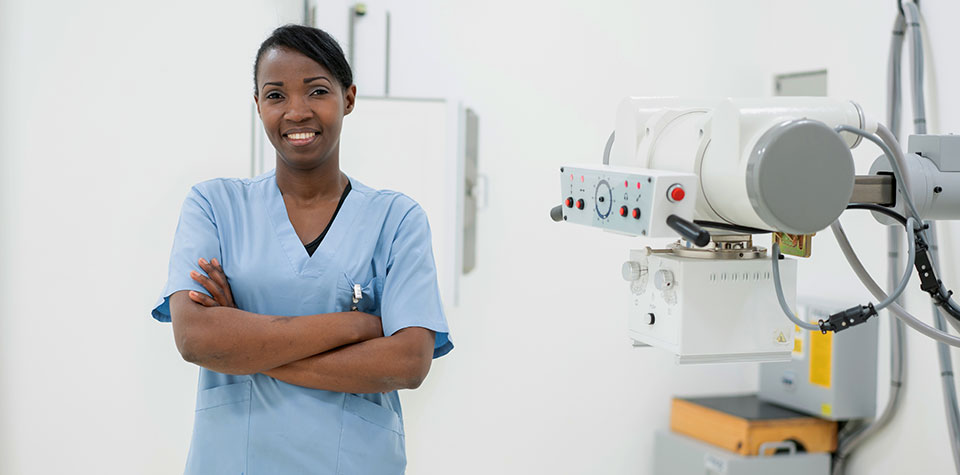Cryolipolysis: Sculpting Bodies with Cold
The quest for the perfect body has taken a chilly turn with the rise of cryolipolysis. This innovative fat-reduction technique harnesses the power of cold to target and eliminate stubborn fat cells, offering a non-invasive alternative to traditional liposuction. As the beauty and fitness industry continues to evolve, cryolipolysis has emerged as a game-changer, promising sculpted contours without the need for surgery or downtime. The procedure's growing popularity reflects a broader shift towards less invasive body contouring methods, appealing to those seeking subtle yet noticeable improvements in their physique. With its foundation in scientific research and clinical studies, cryolipolysis represents a fascinating intersection of beauty, technology, and human physiology.

The technology behind cryolipolysis was developed by Harvard scientists who observed that children who ate popsicles frequently developed dimples in their cheeks. This phenomenon, known as “popsicle panniculitis,” inspired the creation of a medical device that could selectively freeze and eliminate fat cells without damaging the skin or other tissues.
The Cryolipolysis Procedure
During a cryolipolysis treatment, a specialized applicator is placed on the target area. The device then suctions the tissue between two cooling panels, exposing it to precisely controlled temperatures. Patients typically experience a cold sensation initially, which subsides as the area becomes numb. The procedure usually lasts between 35 to 60 minutes per treatment area.
One of the most appealing aspects of cryolipolysis is its non-invasive nature. Unlike surgical procedures, there are no incisions, anesthesia, or recovery time required. Patients can return to their normal activities immediately after treatment, making it an attractive option for those with busy lifestyles.
Results and Expectations
The effects of cryolipolysis are not immediate, as the body needs time to process and eliminate the treated fat cells. Patients typically begin to see results within three weeks of treatment, with the most dramatic changes occurring after two to three months. Studies have shown that cryolipolysis can reduce fat in the treated area by up to 25%, with results lasting as long as the patient maintains a stable weight.
It’s important to note that cryolipolysis is not a weight-loss solution, but rather a body contouring technique. It’s most effective for targeting specific areas of stubborn fat that resist diet and exercise, such as love handles, belly fat, or back rolls. The ideal candidate is someone who is close to their target weight but struggles with localized fat deposits.
Safety and Side Effects
Clinical studies have demonstrated that cryolipolysis is generally safe and well-tolerated. The most common side effects are temporary and localized to the treatment area, including redness, swelling, bruising, and numbness. These effects typically resolve within a few days to weeks after treatment.
One rare but notable side effect is paradoxical adipose hyperplasia (PAH), a condition where the treated area becomes larger rather than smaller. While the exact cause is unknown, it’s believed to occur in less than 1% of cases and is more common in male patients. PAH is not dangerous but may require additional treatments or surgical intervention to correct.
The Market for Cryolipolysis
The global market for non-invasive fat reduction procedures has experienced significant growth in recent years, with cryolipolysis leading the charge. According to industry reports, the cryolipolysis market is expected to continue expanding, driven by increasing consumer demand for non-surgical body contouring options and technological advancements in the field.
The popularity of cryolipolysis has also led to the development of at-home devices that claim to offer similar benefits. However, experts caution that these devices are not as powerful or precise as professional treatments and may not deliver comparable results.
Cryolipolysis vs. Other Fat Reduction Methods
Cryolipolysis offers several advantages over traditional fat reduction methods. Unlike liposuction, it doesn’t require surgery, anesthesia, or downtime. Compared to other non-invasive treatments like radiofrequency or ultrasound, cryolipolysis tends to produce more consistent and long-lasting results.
However, cryolipolysis is not without limitations. It’s most effective for small, localized areas of fat and may require multiple sessions for optimal results. For patients with significant amounts of excess fat or loose skin, surgical options like liposuction or a tummy tuck may be more appropriate.
The Future of Cryolipolysis
As the technology continues to evolve, researchers are exploring ways to enhance the effectiveness of cryolipolysis and expand its applications. Some areas of ongoing research include:
-
Combining cryolipolysis with other treatments, such as radiofrequency or shockwave therapy, to improve results and address skin laxity.
-
Developing new applicators to target different areas of the body more effectively.
-
Investigating the potential use of cryolipolysis for non-cosmetic applications, such as treating lipomas or reducing fat in medical conditions.
-
Improving the efficiency of treatments to reduce session times and enhance patient comfort.
As our understanding of fat cell biology and cold-induced apoptosis deepens, we can expect to see further refinements in cryolipolysis technology and techniques. This ongoing innovation promises to keep cryolipolysis at the forefront of non-invasive body contouring options for years to come.
In conclusion, cryolipolysis represents a significant advancement in the field of body sculpting, offering a safe, effective, and non-invasive alternative to traditional fat reduction methods. As the demand for minimally invasive cosmetic procedures continues to grow, cryolipolysis is likely to play an increasingly important role in helping individuals achieve their desired body shape. However, as with any cosmetic procedure, it’s essential for patients to have realistic expectations and to work with qualified practitioners to determine the most appropriate treatment plan for their individual needs and goals.





